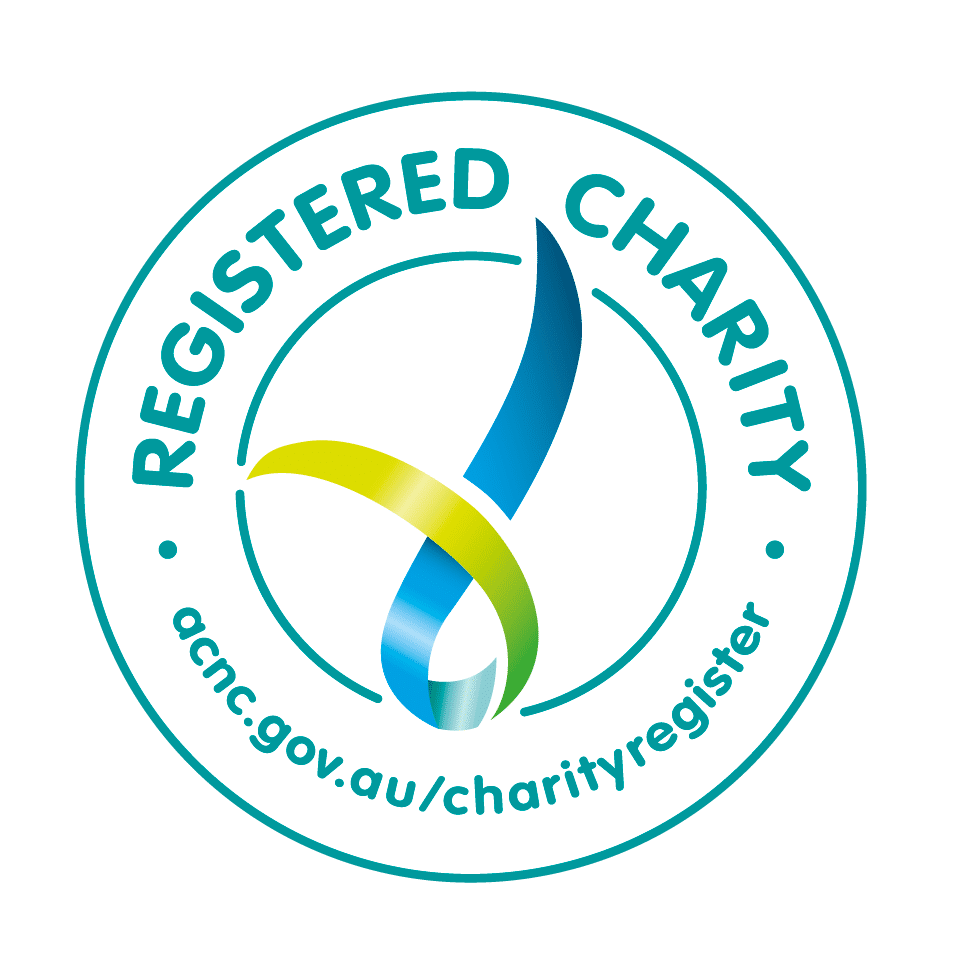Breaking the stigma: encouraging open conversations about youth addiction
Addiction remains one of the most stigmatised health issues in Australia. Despite increasing awareness of mental health, many young people facing alcohol or other drug challenges still experience shame, misunderstanding, and social isolation. According to the Australian Institute of Health and Welfare, approximately 350,000 young people in Australia, aged 16-24, are estimated to have a substance use disorder. Unfortunately for these young people, stigma and fear of judgment are often the greatest barriers to asking for help.
Breaking the stigma starts with honest, open, and compassionate conversation. Every time a family member, friend, teacher, or community leader talks about addiction without blame, young people see that recovery is possible and that they are not alone.
Ten ways to help break the stigma
- Listen before you speak.
Create a safe space where young people can talk freely about their experiences. Listening without interruption or criticism shows respect and builds trust, the first step toward open dialogue. - Use language that heals, not harms.
Words like “addict” carry stigma and can make someone feel defined by their condition. Instead, use person-first language such as “a young person experiencing addiction” or “someone seeking recovery.” - Focus on behaviours, not blame.
Addiction is not a moral failing but a complex health issue that often involves trauma, anxiety, or depression. Recognising this helps move the conversation from judgement to understanding. - Educate yourself using credible sources.
Misconceptions fuel stigma. Learn about the science of addiction and recovery from reliable organisations such as the Alcohol and Drug Foundation (ADF). - Have small, ongoing conversations.
One big “talk” can be overwhelming. Instead, engage in regular, informal chats during a walk, after dinner, or on the way to school. Frequent, calm discussions normalise the topic and show young people they can come to you anytime. - Acknowledge family history without shame.
If substance use has affected your family, speak about it honestly and factually. Understanding genetic or environmental risks helps young people make informed choices and reinforces that addiction is a health issue, not a weakness. - Use teachable moments.
When news stories, films, or influential public figures share their experiences with addiction and recovery, use them as gentle openings to talk about real-life impacts, choices, and support. These spontaneous conversations can have lasting influence. - Promote healthy coping strategies.
Encourage young people to manage stress through exercise, creativity, or mindfulness rather than substances. Building resilience and emotional regulation skills provides lifelong protection. - Model openness and compassion.
Be honest about your own experiences, if appropriate, and show that talking about struggles is normal. When adults speak openly about mental health and stress, young people learn that vulnerability is a strength. - Know where to find help.
Encourage professional support through Headspace, a GP, or by exploring our helpful resources provided.
How Sir David Martin Foundation helps reduce stigma
For 35 years, Sir David Martin Foundation has worked to ensure young Australians in crisis receive care grounded in respect and compassion. Accessing evidence-based, nonjudgmental support through the programs we fund, like Mission Australia’s Triple Care Farm, helps young people rebuild their lives and re-engage with education, employment, and community.
By promoting understanding and advocating for addiction as a health and social issue, not a moral one, the Foundation continues to challenge the stigma surrounding youth addiction, one story, one conversation, and one young life at a time.
Frequently asked questions
What is addiction stigma?
Stigma refers to the negative attitudes and stereotypes that label people with addiction as weak or irresponsible. This judgment can discourage young people from seeking help or speaking openly about their struggles.
Why do young people hide substance use problems?
Many fear disappointing their families, being treated differently, or facing legal and social consequences. Shame and misunderstanding can make them feel isolated, even when they want help.
How can open conversations reduce stigma?
When families, schools, and communities talk about addiction as a health condition, it normalises help-seeking and replaces fear with empathy. Open conversations can also highlight the many pathways to recovery.
Together, we can change the conversation
Breaking the stigma around youth addiction starts with kindness. When we choose understanding over judgement, we give young people the confidence to seek help and the hope to believe in recovery.
Your reassurance and presence can make seeking help feel less overwhelming. If you’d like to learn more about how the Foundation supports young Australians in crisis, please contact us. Our team is here to help.







